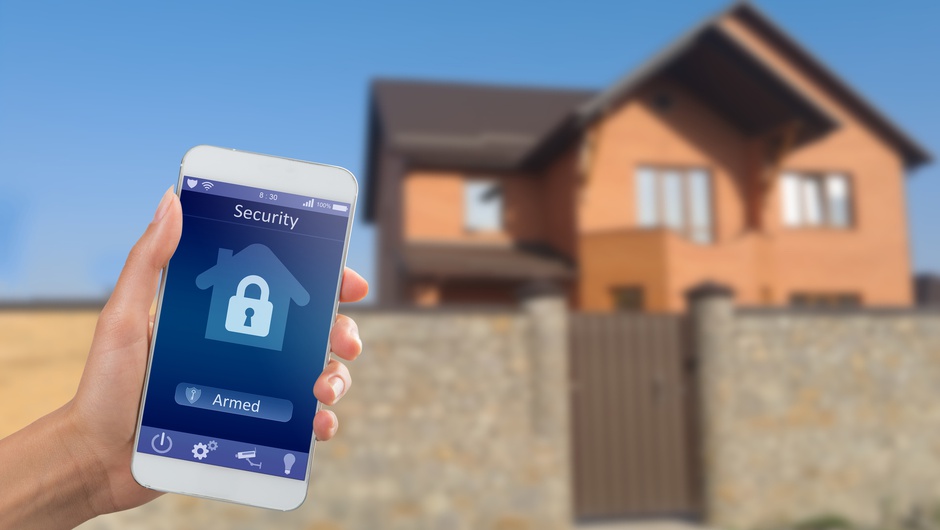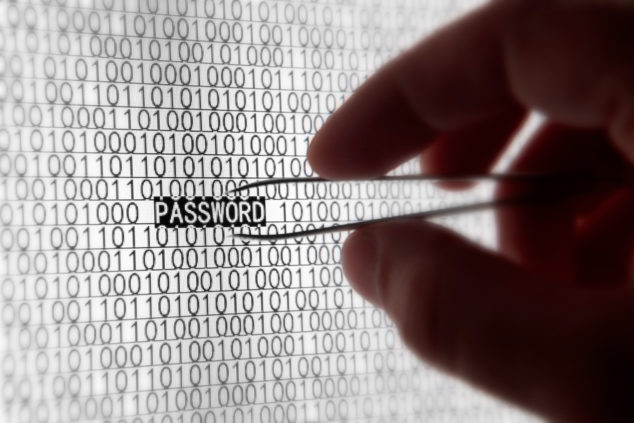Don't let yourself be targeted by cybercriminals: Here are 6 tips for safe holiday shopping by By Brandon Vigliarolo. Available from <http://www.techrepublic.com/article/dont-let-yourself-be-targeted-by-cybercriminals-here-are-6-tips-for-safe-holiday-shopping/.> [ November 22, 2016, 11:30 AM PST] Photo Credit: flickr.com/Don Hankins
Online shopping is easy and convenient, and more people are doing it than ever before. The rise in e-commerce also gives cybercriminals more opportunities to rob you blind. Here’s how to stay safe.
Online shopping is predicted to increase by 8% in 2016, meaning 56% of holiday shopping will be done online. Odds are good that you or someone you know is going to buy at least one gift through a desktop, laptop, smartphone, or tablet. But how do you ensure sensitive information stays secure?
Data breaches tend to make headlines in the news but they’re hardly the only means of identity theft. Countless people have had information stolen by unscrupulous websites, fraud, and hacking. Here are six tips to share with your end users, friends, and family members to help them become smarter online consumers.
1. Pay attention to your browser’s URL
Whenever you’re online there’s a web address in the top bar of your browser. It tells you where you are on the internet, and it can be a good indicator of the legitimacy of the website you’re on.
For shopping purposes, and anything else that involves personal information, you need to be sure the website’s address starts with HTTPS. The S indicates a secure connection and any site trying to earn your business should have it.
2. Watch out for email deals
Regular online shoppers have inboxes filled with digital ads from the places they frequent, and those ads are legitimate. What you need to watch out for are ads from places you aren’t familiar with or that seem too good to be true.
Detecting phishing emails can be tough. If you’re not sure what to watch out for check out CNET’s guide for some good tips.
3. Don’t shop on public WiFi
Public WiFi is great, but it’s not necessarily safe. You don’t know who’s on the network, what they might be doing, or what they’re capable of—they may just be hanging out waiting to steal credit card info.
Shop from home, or from any secure connection. Make sure your home WiFi is secured as well—an openly accessible WiFi network is a serious security risk.
4. Use a password manager
Complex passwords are a must, but even those can be stolen if you type them into a spyware-infected computer. You can beef up security even more by using a password management app.
Not only will these apps allow you to sign in to websites with a single click, they can also generate random passwords that are incredibly secure. All you’ll have to do is use a master password to unlock the app and it will do all the hard work for you. And since you aren’t typing your passwords manually there’s much less risk of theft.
5. Keep your computer and antivirus software up to date
No one likes to be reminded of software updates: They interrupt us, take a long time to install and configure, and sometimes come with bugs that make life harder. That doesn’t mean they aren’t essential, though.
Operating system updates often patch security holes, and antivirus software is completely useless without updated virus definitions. If you’re the kind of person who avoids updating their machine take some time before you start shopping to run all your updates and doing a full scan of your computer.
If you don’t have any antivirus software on your computer now is the time to install some. Free applications like Avast and AVG are both great options.
6. Use Paypal or stick with a single credit card
Paypal and websites like it act as intermediaries to online vendors. Anyone who has ever forgotten their Paypal password knows how many security hurdles you have to jump through—it’s serious about security.
If you don’t want to use Paypal or are buying from a vendor that doesn’t accept it stick to using a single credit card. This isolates your risk to one account and if you pick one with good security features you’ll be alerted as soon as something bad happens.
Don't let yourself be targeted by cybercriminals: Here are 6 tips for safe holiday shopping by By Brandon Vigliarolo. Available from <http://www.techrepublic.com/article/dont-let-yourself-be-targeted-by-cybercriminals-here-are-6-tips-for-safe-holiday-shopping/.> [ November 22, 2016, 11:30 AM PST] Photo Credit: flickr.com/Don Hankins





